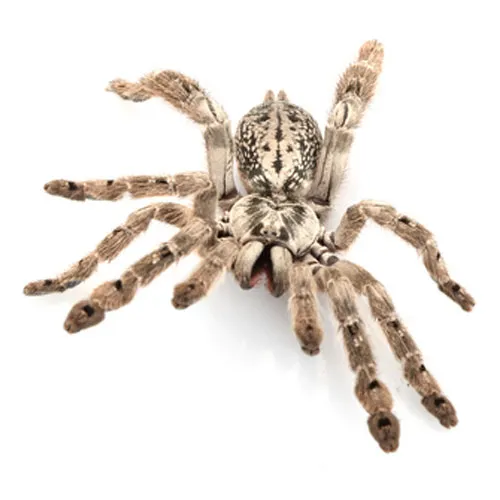Ornamental Baboon Tarantula Top 5 Care Tips
The Ornamental Baboon Tarantula (Heteroscodra maculata) is a striking and captivating spider that, with the right care, can be a fascinating addition to any arachnid enthusiast’s collection. Known for its aggressive temperament and striking appearance, this tarantula requires specific care to thrive. This care sheet provides the top five essential tips for successfully keeping an Ornamental Baboon Tarantula healthy and happy. These tips encompass housing, feeding, and environmental factors, ensuring you can provide the best possible life for your spider. Keep in mind that these are guidelines, and individual tarantulas may have slightly different needs based on their age, size, and individual characteristics. However, by adhering to these key principles, you will be well on your way to becoming a successful Ornamental Baboon Tarantula keeper.
Choosing the Right Enclosure
Selecting the correct enclosure is fundamental to the well-being of your Ornamental Baboon Tarantula. The right setup provides security, facilitates proper temperature and humidity regulation, and gives your tarantula a space to exhibit natural behaviors. Consider size, ventilation, and security when choosing an enclosure. The enclosure should be escape-proof, as these tarantulas are quick and agile. A well-designed enclosure allows you to observe your tarantula without disturbing it and provides easy access for maintenance and feeding. Avoid glass enclosures that are difficult to ventilate and consider a front-opening enclosure for easier maintenance.
Enclosure Size
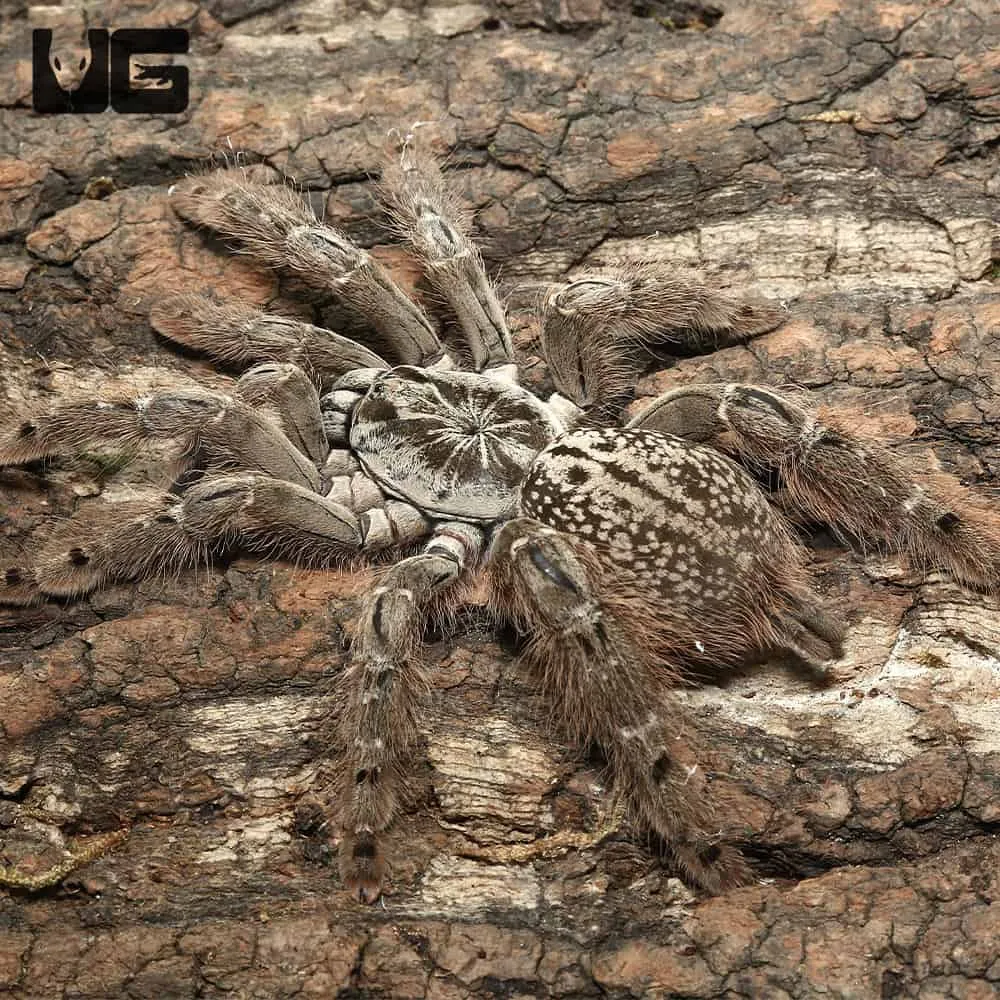
The enclosure size should be appropriate for the tarantula’s size, allowing it room to move around and establish a territory. For juveniles, a small enclosure of around 10x10x10 inches is sufficient. As they grow, you’ll need to upgrade to a larger enclosure, typically 12x12x12 inches or larger for adult specimens. The enclosure should be tall enough to accommodate the tarantula’s burrowing behavior and provide enough space for climbing. Ensure the enclosure is secure with a tight-fitting lid to prevent escapes. Do not overcrowd the enclosure with too many decorations or hiding places, as this can limit the tarantula’s movement and make it difficult to monitor its health.
Substrate Selection
The substrate serves as a crucial element of the enclosure, providing a natural environment for the tarantula. It aids in maintaining humidity levels, offers a surface for burrowing, and absorbs waste. A good substrate should be able to retain moisture without becoming waterlogged. Suitable substrates include a mixture of peat moss, vermiculite, and coconut fiber. You can also add a layer of sphagnum moss in a corner to help maintain humidity. Avoid using substrates that can mold easily or are toxic to tarantulas, such as cedar or pine shavings. The depth of the substrate should be sufficient to allow the tarantula to burrow, typically 4-6 inches deep.
Humidity and Ventilation
Maintaining proper humidity and ventilation is critical to the health of your Ornamental Baboon Tarantula. These spiders thrive in a humid environment, but excessive moisture can lead to mold and other problems. Proper ventilation helps regulate humidity and ensures adequate airflow. Monitoring both factors is essential for creating a healthy habitat. Invest in a hygrometer to accurately monitor humidity levels. It is much easier to keep the enclosure healthy if you have access to the right tools.
Ideal Humidity Levels
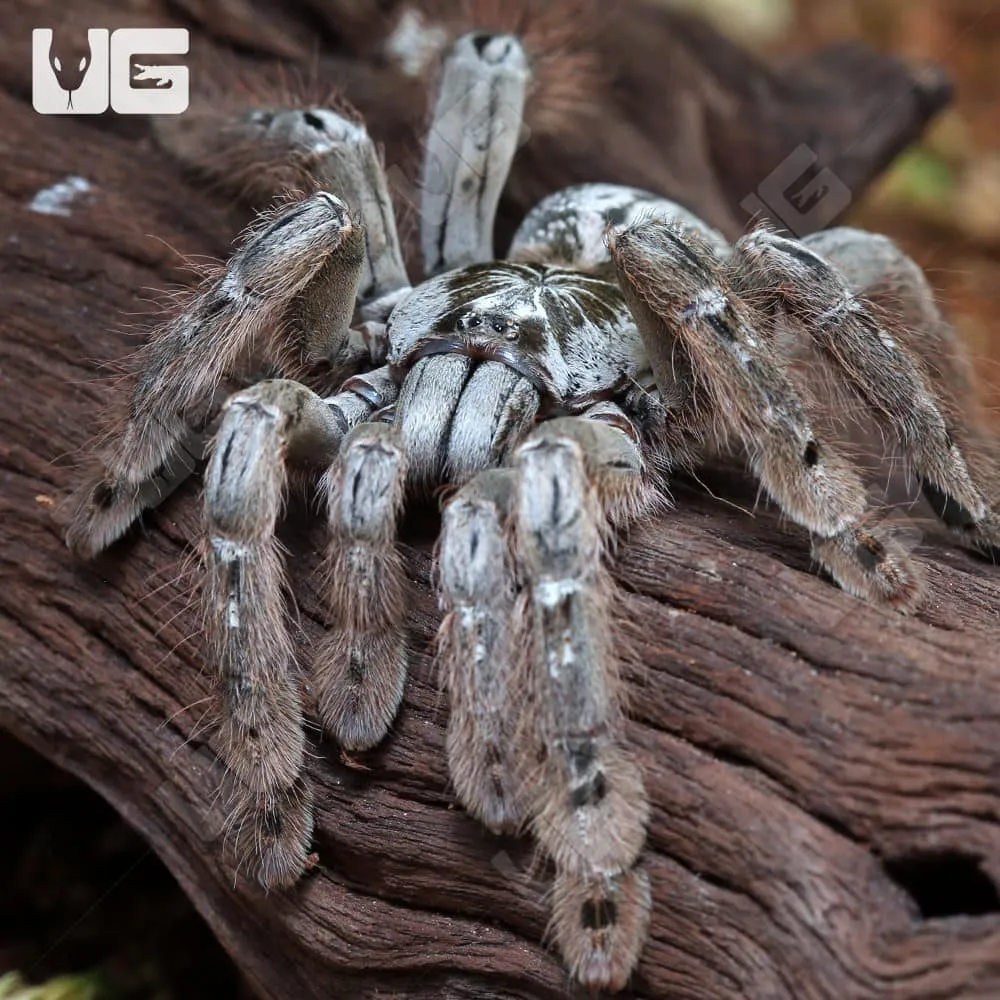
The ideal humidity level for Ornamental Baboon Tarantulas is typically between 65% and 75%. You can achieve this by misting the enclosure with dechlorinated water once or twice a week, depending on your ambient humidity and the enclosure’s ventilation. Monitor the humidity levels using a hygrometer and adjust your misting schedule accordingly. Avoid over-misting, as this can lead to mold and bacterial growth, which is harmful to your tarantula. If your enclosure is too dry, your tarantula may have difficulty molting, while too much humidity can lead to other serious health issues.
Proper Ventilation
Adequate ventilation is just as important as humidity. It prevents mold growth and ensures that the air inside the enclosure remains fresh. Ensure that the enclosure has cross-ventilation, with air intake at the bottom and exhaust at the top. Avoid enclosures with poor airflow or sealed lids. If you notice condensation building up on the enclosure walls for extended periods, increase ventilation. This might involve drilling additional ventilation holes or slightly adjusting the lid to allow for more airflow. Proper ventilation helps prevent the buildup of harmful gases and keeps the enclosure environment healthy for your tarantula.
Feeding Your Tarantula
Feeding your Ornamental Baboon Tarantula is a straightforward process, but it’s important to provide the right food in appropriate quantities. These tarantulas are voracious eaters, but overfeeding can be harmful. The right diet and feeding schedule will ensure your tarantula remains healthy and active. Always handle live prey carefully to avoid any risks to your tarantula. Pay attention to your tarantula’s feeding habits and adjust accordingly. The tarantula’s abdomen is the best indicator of how well-fed it is.
Appropriate Food Choices

Ornamental Baboon Tarantulas are insectivores, meaning their diet should consist primarily of insects. Crickets, roaches, mealworms, and superworms are excellent food options. Always make sure that the insects you feed your tarantula are healthy and free from parasites. Avoid feeding your tarantula insects that have been exposed to pesticides. You can gut-load the insects before feeding them to your tarantula by providing them with a nutritious diet, which enriches the nutritional value of the insects and, by extension, your tarantula. Variety in the diet is beneficial, so you can offer different types of insects to provide a wider range of nutrients.
Feeding Frequency
The feeding frequency depends on the age and size of your tarantula. Spiderlings and juveniles should be fed more often, typically 2-3 times a week. Adult tarantulas can be fed once a week or every other week, depending on their appetite and condition. Observe your tarantula’s feeding behavior and adjust the feeding schedule accordingly. If your tarantula refuses to eat, it may be in premolt or it may be full. Always remove uneaten food within 24 hours to prevent mold growth and the potential for mites. The abdomen size is another good indicator of whether your tarantula is getting enough food.
Watering Requirements
Providing fresh water is essential for your tarantula’s health. Tarantulas need water to stay hydrated, and they obtain it through drinking and absorbing moisture from their environment. Always have a clean water source available in the enclosure. Regular water changes are important to ensure the water is fresh and free of any contaminants. The water source should also be shallow to prevent the tarantula from drowning. The choice of water source will depend on your enclosure setup and your tarantula’s size.
Water Bowl Maintenance
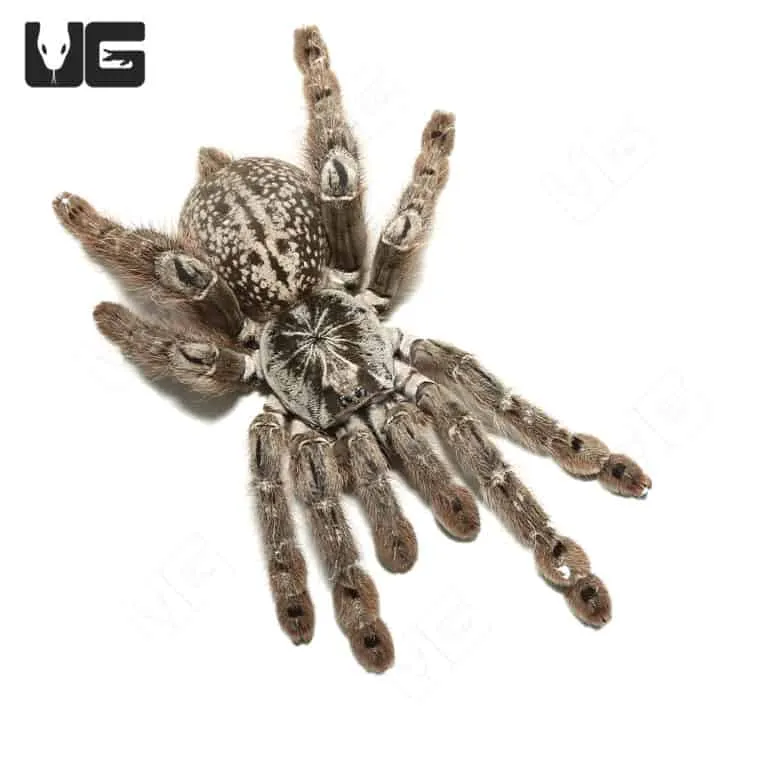
A shallow water bowl is the best option for providing water to your Ornamental Baboon Tarantula. Make sure the water bowl is small enough that the tarantula cannot fall in and drown. Ceramic or plastic water bowls are suitable choices, as they are easy to clean and won’t tip over easily. Replace the water in the bowl every 1-2 days to keep it fresh and prevent bacterial growth. Use dechlorinated water to avoid any harmful chemicals. Clean the water bowl thoroughly each time you replace the water.
Misting Schedule
In addition to a water bowl, misting the enclosure can help maintain the humidity levels necessary for your tarantula. Use a spray bottle filled with dechlorinated water to mist the enclosure walls and substrate lightly. The misting schedule depends on the humidity levels in your enclosure and the ambient humidity. As a general rule, mist the enclosure once or twice a week. Avoid over-misting, as this can lead to mold and bacterial growth. Always check the humidity levels with a hygrometer to ensure you are maintaining the right conditions for your tarantula.
Maintaining a Safe Environment
Creating and maintaining a safe environment involves managing temperature, handling precautions, and cleaning routines. Providing the right temperature is vital, as tarantulas are ectothermic (cold-blooded) and rely on their environment to regulate their body temperature. Handling, while not necessary, should be done with care to avoid injury to both you and your tarantula. Regular cleaning is essential to prevent the buildup of waste and maintain a healthy environment. A clean enclosure will contribute to the overall well-being of your tarantula.
Temperature Considerations
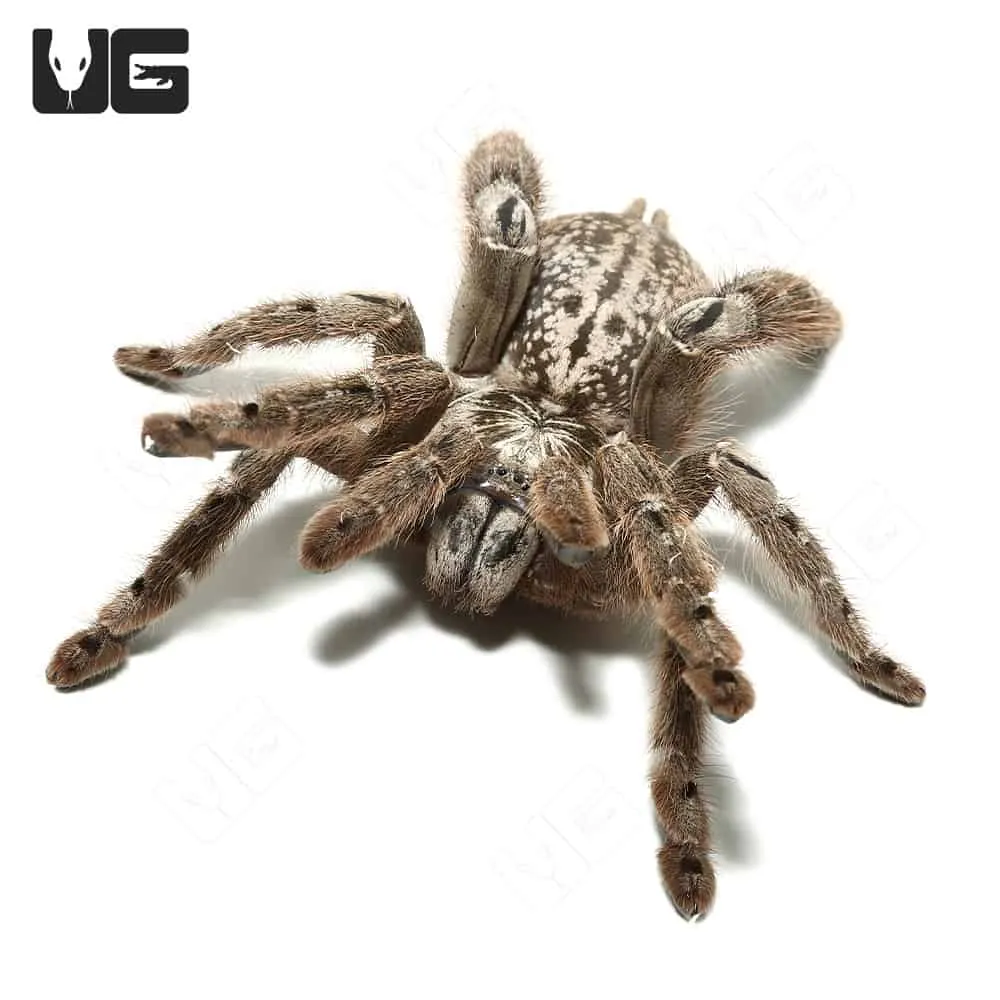
The ideal temperature range for Ornamental Baboon Tarantulas is between 75°F and 85°F (24°C and 29°C). Maintaining this temperature range is essential for their health and metabolism. You can monitor the temperature using a thermometer placed inside the enclosure. If the temperature is too low, you can use a heat lamp or a heat mat, ensuring that it does not come into direct contact with the enclosure. Avoid placing the enclosure in direct sunlight, as this can cause the temperature to rise to dangerous levels. Always ensure that there is a thermal gradient in the enclosure, with a cooler area for the tarantula to retreat to if necessary.
Handling Precautions
Ornamental Baboon Tarantulas are known for their defensive nature, and their bites can be painful. Handling them is generally not recommended, but if you must handle your tarantula, do so with extreme care. Handle your tarantula close to a soft surface, such as a bed or a carpet, to prevent injury if it falls. Avoid quick movements and try to be as calm and gentle as possible. Always wash your hands thoroughly before and after handling your tarantula. Be aware of the tarantula’s posture and behavior, as it may exhibit defensive behaviors such as raising its front legs or flicking hairs as a warning before it attacks. Do not handle the tarantula if you are unsure or uncomfortable.
Cleaning and Maintenance
Regular cleaning is essential to maintain a healthy environment for your Ornamental Baboon Tarantula. This includes removing waste, cleaning the enclosure, and replacing the substrate. A clean enclosure helps prevent the buildup of bacteria, mold, and mites. Establishing a consistent cleaning schedule will help to maintain a healthy environment. A properly maintained enclosure minimizes the risk of diseases and promotes the well-being of your tarantula. You can also use a bioactive setup, which utilizes isopods and springtails to keep the enclosure clean.
Regular Cleaning Schedule
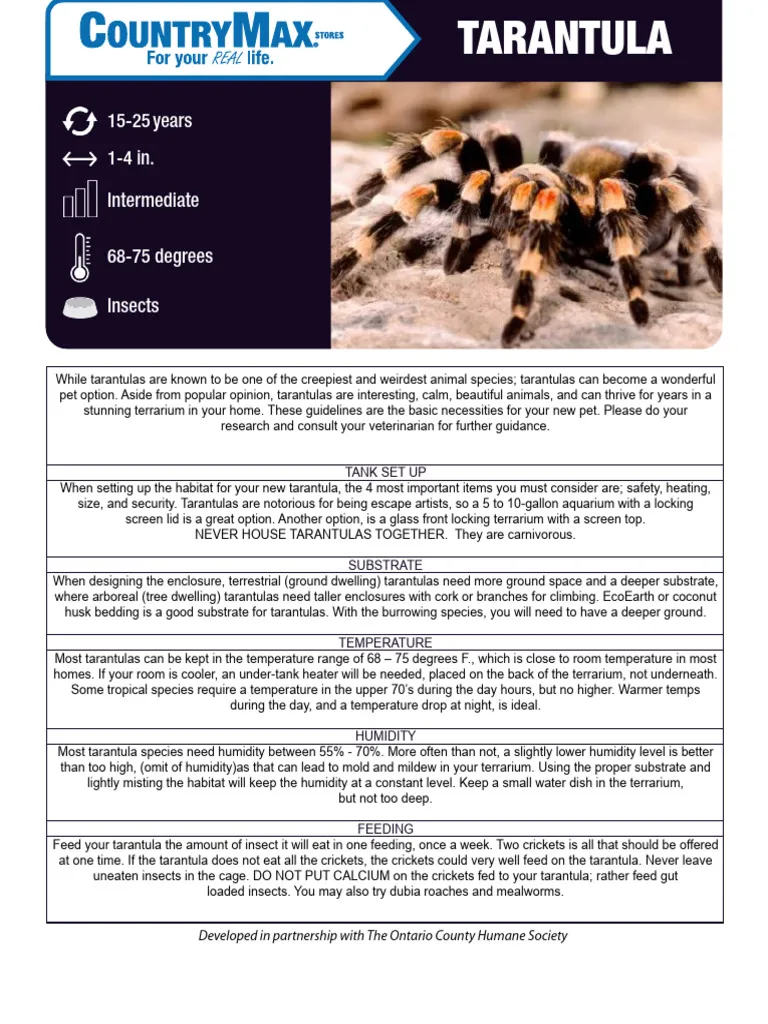
Establish a cleaning schedule that works for you and your tarantula. Spot-clean the enclosure regularly, removing any uneaten food, dead insects, and waste. A full substrate change should be performed every 6-12 months, depending on the size of the enclosure and the amount of waste produced. When changing the substrate, completely remove the old substrate and replace it with fresh, new substrate. Clean the enclosure with warm water and a mild soap, if necessary. Always rinse thoroughly to remove any soap residue, and allow the enclosure to dry completely before replacing the substrate and reintroducing the tarantula. Always wear gloves when cleaning the enclosure.
Waste Removal
Remove any waste from the enclosure as soon as you notice it. Tarantula waste, which looks like a white chalky substance, can attract mites and other pests. Use a pair of tongs or tweezers to carefully remove the waste. Be careful not to disturb the tarantula. Regularly check the enclosure for any signs of mold or mites. Address any issues immediately to prevent them from spreading. Keeping the enclosure clean is a critical part of maintaining a healthy environment for your Ornamental Baboon Tarantula.
Monitoring Your Tarantula’s Health
Monitoring your Ornamental Baboon Tarantula’s health involves observing its behavior, appearance, and eating habits. Recognizing the signs of illness and knowing when to seek veterinary advice are essential aspects of tarantula care. A healthy tarantula will be active, alert, and have a good appetite. Regular monitoring will help you catch any potential health issues early on. If you notice any unusual behavior or symptoms, consult with a veterinarian experienced in tarantula care.
Recognizing Signs of Illness
Observe your tarantula for any signs of illness. These can include lethargy, loss of appetite, unusual posture, and difficulty moving. Other signs include a bloated abdomen, discharge from the mouth, or the presence of parasites. Check the tarantula for any injuries or abnormalities in its appearance, such as missing limbs or discoloration. If you notice any of these symptoms, it is important to take action immediately. Consult with a veterinarian experienced in tarantula care as soon as possible. Early detection and treatment can significantly improve your tarantula’s chances of survival.
Shedding and Molting
Molting is a natural process where tarantulas shed their exoskeleton to grow. During premolt, your tarantula may stop eating, become less active, and appear darker in color. It might also create a webbing mat in its enclosure. Do not disturb your tarantula during molting. The molting process can take several hours, and it is important to provide a safe and stable environment. After molting, your tarantula’s exoskeleton will be soft for a few days, and it will need time to harden. Do not feed your tarantula until its fangs have hardened. Provide plenty of water during and after molting.
When to Seek Veterinary Advice
Knowing when to seek veterinary advice is crucial. If you notice any signs of illness, such as a loss of appetite, lethargy, or unusual behavior, contact a veterinarian experienced in tarantula care. Injuries, such as a damaged leg, require immediate attention. If your tarantula has difficulty molting or has been exposed to toxins, seek professional help. Having a veterinarian who specializes in exotic animals can prove very valuable. Early intervention can often prevent further complications and improve the chances of a successful recovery. Always have the contact information of an exotic animal veterinarian readily available.
